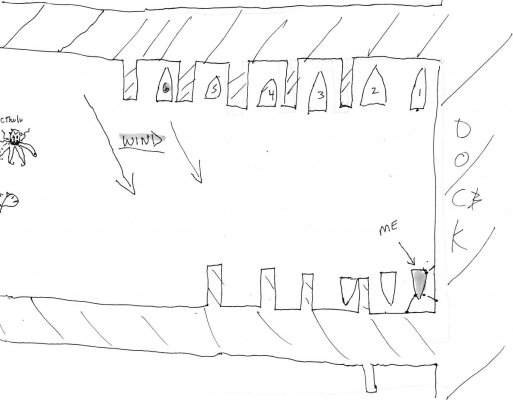Brian,
Good points, but take exception to the singlehand. MANY of us do that on a daily basis, without issue. Just went out the other night, used the wind to my advantage docking and thanked the folks that wanted to help but said I'll do it myself. However, once I get my spring line on, boat in forward, it will pin to the dock and I'll except help from others. I often get greeted by some rather attractive ladies when I dock and like that, so let them run a line to a piling. And occasionally find one that knows what they're doing. Gotta have some fun.
Also, I could argue, overall, NOT to use dock hands, as they will often mess up your plan, until you have at least one spring line on and are secure.
And, I could argue to NEVER EVER put your hands out there to push off. Just hold a fender in place. My strict policy is no hands, legs or any part of the body leaves the boat unless it's securely tied to the dock, and I brief that one strongly.


